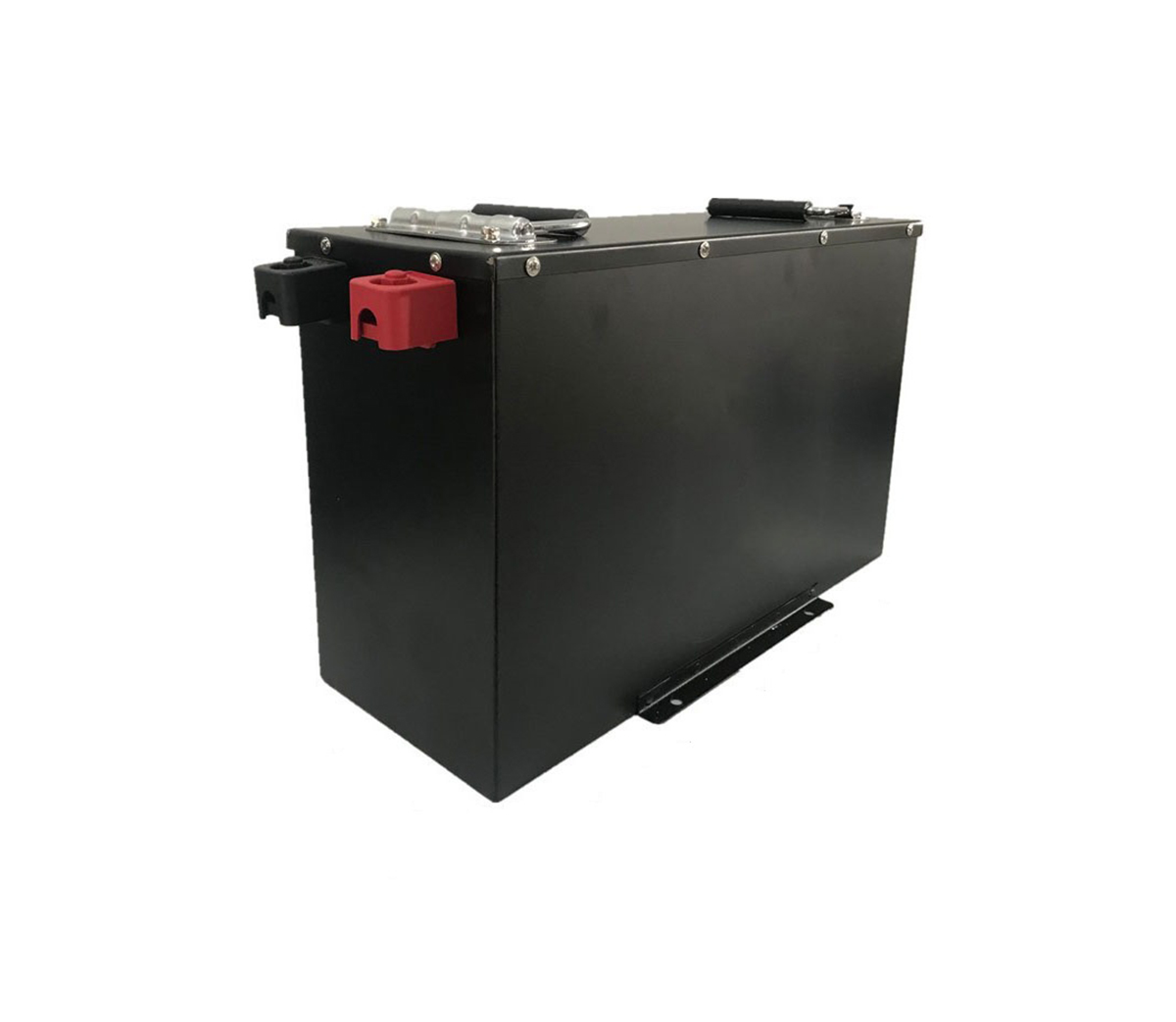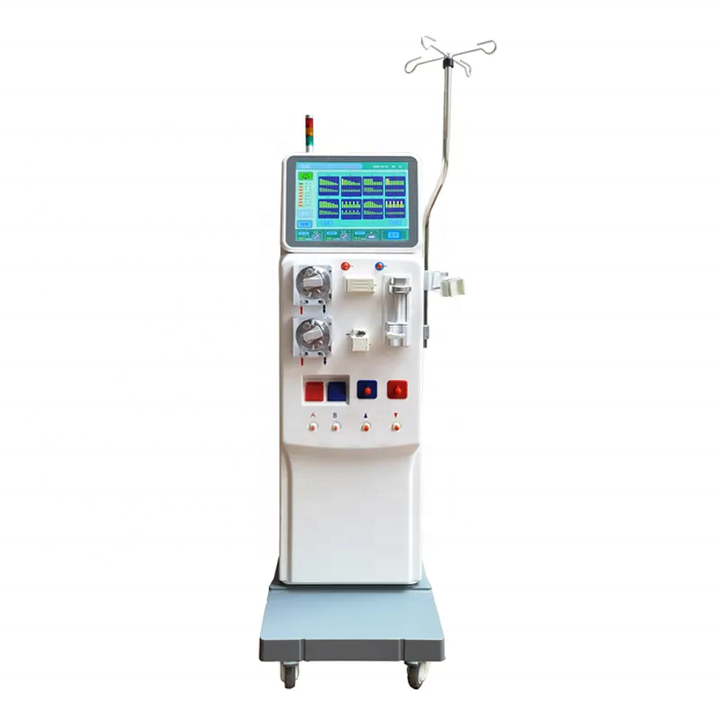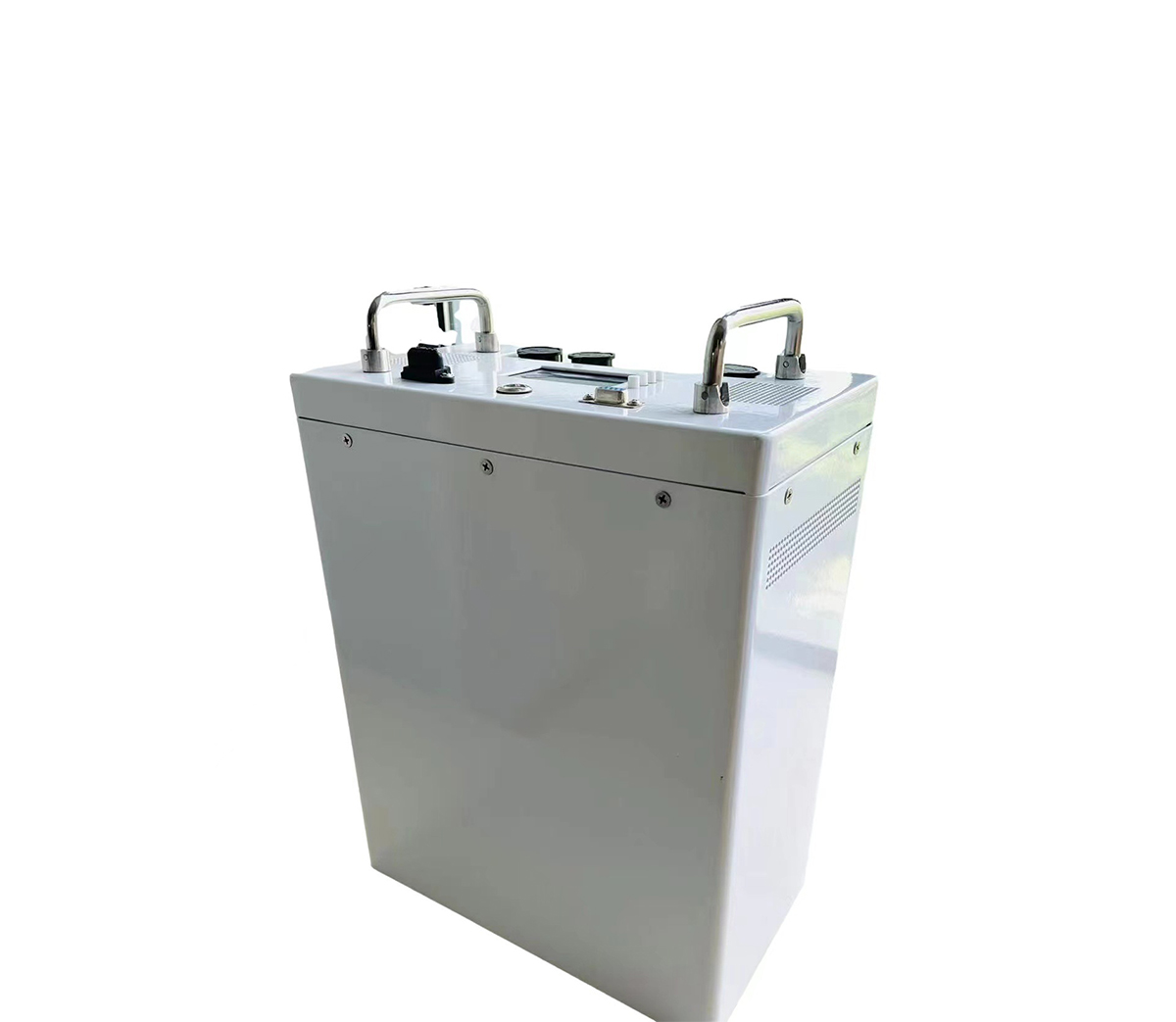What are the five major dilemmas faced by domestic aluminum-plastic film
technology?
The aluminum-plastic film is a multilayer film composed of an outer nylon
layer, adhesive, intermediate aluminum foil, adhesive, and inner heat-sealing
layer. It is a packaging material for soft-packed lithium batteries. At present,
there is still a big gap between China's aluminum-plastic film products and
foreign countries.
Compared with other batteries, soft-pack lithium batteries are widely used
in consumer electronics, automobiles, military, medical, power tools and other
industries due to their advantages of good safety performance, light weight,
large capacity, low internal resistance, and flexible design.
The essence of soft-pack lithium battery is actually just a layer of
polymer shell on the liquid lithium ion battery, and its performance is so
excellent, of which the aluminum-plastic film in the polymer shell is
indispensable. Then the author will analyze the magical aluminum plastic film
for everyone.
One. Introduction to Aluminum Plastic Film
Aluminum plastic film is a multilayer film composed of an outer nylon
layer, adhesive, intermediate aluminum foil, adhesive, and inner heat-sealing
layer. It is a packaging material for soft-packed lithium batteries. Compared
with other commonly used plastic films, aluminum plastic film has the following
advantages:
1) Aluminum-plastic film has extremely high barrier properties: 10,000
times higher than ordinary aluminum-plastic composite film barrier
properties;
2) Good cold stamping formability: It can fit new battery cell models
according to customer product requirements.
3) Good puncture resistance: due to pitting corrosion caused by copper and
aluminum mesh burrs around the polymer lithium battery core, it will accelerate
the electrification, and when vacuuming and gathering, the burrs will pierce the
inner membrane violently, and may pierce the inner membrane until Aluminum foil,
the hydrofluoric acid in the battery cell will directly corrode the aluminum
foil and change the electrolyte composition. In severe cases, the aluminum foil
will corrode and leak, and it will cause a short circuit and cause the battery
to be scrapped. Therefore, the puncture resistance is particularly
important.
4) Good stability against electrolyte: A variety of organic solvents
usually swell, dissolve and absorb flexible packaging materials. They are good
solvents for adhesives, which will destroy the bonding effect of the composite
layer and change the concentration of the components in the electrolyte. , Which
in turn affects the electrical performance of the battery. The presence of
strong corrosive hydrofluoric acid will severely corrode the aluminum foil,
separate the inner film from the aluminum foil, and then corrode and perforate
the aluminum foil, thereby destroying the entire package. The aluminum-plastic
film has good electrolyte stability, ensuring the entire battery's stability.
Safety
5) The aluminum-plastic film is resistant to high temperatures and has
strong insulation: the thickness of the metal electrode sheet is about 100u.
When heat-sealed at 170°C and a pressure of about 3kg/cm2, if there is no high
temperature resistant insulating layer in the inner film, the metal electrode is
often Overwhelming the packaging aluminum foil, causing a short circuit,
scrapping the battery, and reducing the yield. Therefore, high temperature
resistance and insulation resistance are essential attributes of the shell.
2. The structure and classification of aluminum plastic film
The main component of the aluminum-plastic film is composed of a total of
three layers of ON/ALCPP materials. The surface ON layer (nylon layer) is a
decorative ON layer, which also protects the AL layer from scratches; the middle
is the AL which is shaped and prevents moisture intrusion. Layer; The inner CPP
(polypropylene) layer is an electrolyte resistant layer.
According to different preparation processes, aluminum-plastic films can be
divided into the following two categories. The following is a schematic diagram
of typical DNP and Showa Denko aluminum-plastic films:
The dry method is widely used. 95% of the output of Showa ALF is the dry
method, which is mainly used in high-energy and heavy batteries such as mobile
phone batteries, MP3, and MP4. In addition, it is also widely used in electric
vehicles, model airplanes, and other large-rate, high-capacity power batteries;
thermal methods can only be applied to batteries that do not require high
capacity.
Third, the preparation process of aluminum plastic film
Generally speaking, the preparation methods of aluminum plastic film are
divided into two types: dry method and heat sealing:
Dry method: After the AL and CPP are bonded with an adhesive, they are
directly pressed together. The advantage is to reiterate the molding
performance, short-circuit resistance, appearance (less impurities, pinholes,
and fish eyes), and cutting performance. In addition, it has good resistance to
electrolyte and water resistance.
Heat bonding: MPP is used to connect between AL and CPP, and then thermally
synthesized under the conditions of slow temperature rise and pressure rise, and
the production process is longer. And due to the long-term high-temperature
baking effect, the ALF is embrittled, which leads to the deterioration of the
drawing performance. The advantage lies only in electrolyte resistance and water
resistance, and its deep drawing performance, short-circuit resistance,
appearance, and cutting performance are all unsatisfactory.
Fourth, the difficulties faced by domestic aluminum-plastic film
manufacturers
At present, the performance of China's aluminum-plastic film products, only
a few technical indicators of a few companies can reach the level of Japanese
companies, the main problem is that the electrolyte resistance and the drawing
depth are not enough. The domestic aluminum-plastic film drawing depth is about
5mm. Foreign products are 8mm or even 15mm, and there is still a certain gap
between them and foreign products. Especially the reaction conditions and
precision control. In the manufacturing process of such high-precision
materials, the difference is often very small, and the difficulty of process
control is reflected in the minute. Currently, domestic aluminum-plastic film
manufacturers have the following five major dilemmas:
1) The surface treatment process of aluminum foil is backward and pollution
is large: due to the use of water to wash out the oil and "chromic anhydride"
passivation treatment, the pollution is large. At the same time, due to the
surface tension of the water, the oil in the micropores of the aluminum foil
cannot be cleaned, resulting in defects in the subsequent process;
2) The water treatment process of aluminum foil will produce "hydrogen
embrittlement", so the domestic aluminum plastic film has poor resistance to
disassembly;
3) The surface of aluminum foil is coated with UV layer, the stiffness of
the aluminum foil is not enough, it is easy to wrinkle during dry compounding,
wide products cannot be made and the yield is poor;
4) For CPP, coating is mainly used in China by laminating machine. When it
is combined with the surface of high thermal conductivity aluminum foil, it is
easy to curl and produce layered crystals;
5) Due to the technical reasons of the domestic adhesive formulation, the
product is prone to delamination and peeling.
Domestic lithium battery manufacturers face huge cost pressures and
urgently demand to reduce the cost of lithium battery raw materials. Therefore,
the demand for import substitution and localization of aluminum-plastic film has
become increasingly prominent.


































